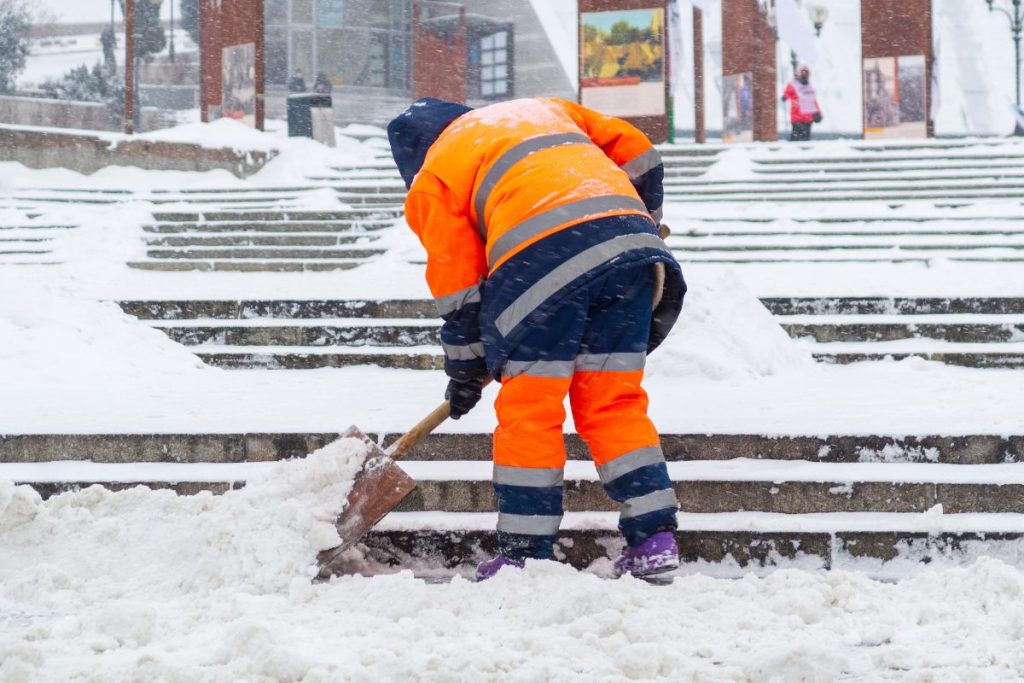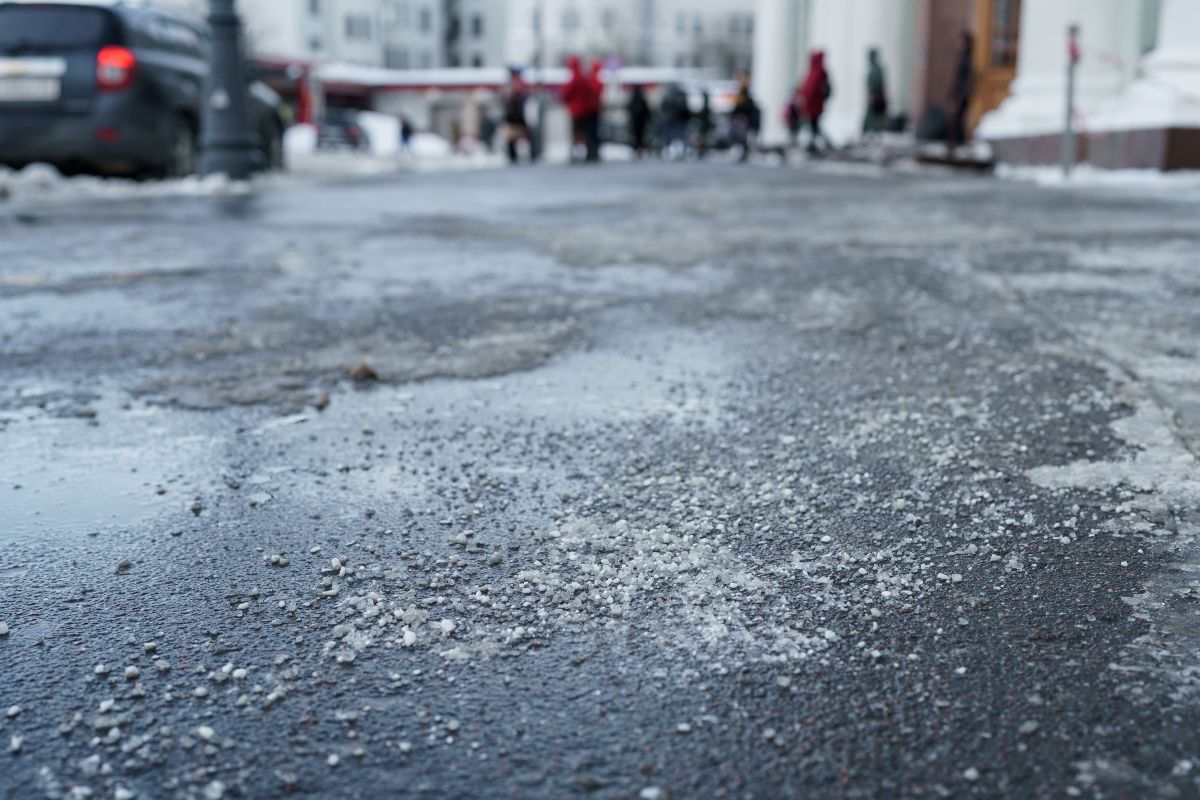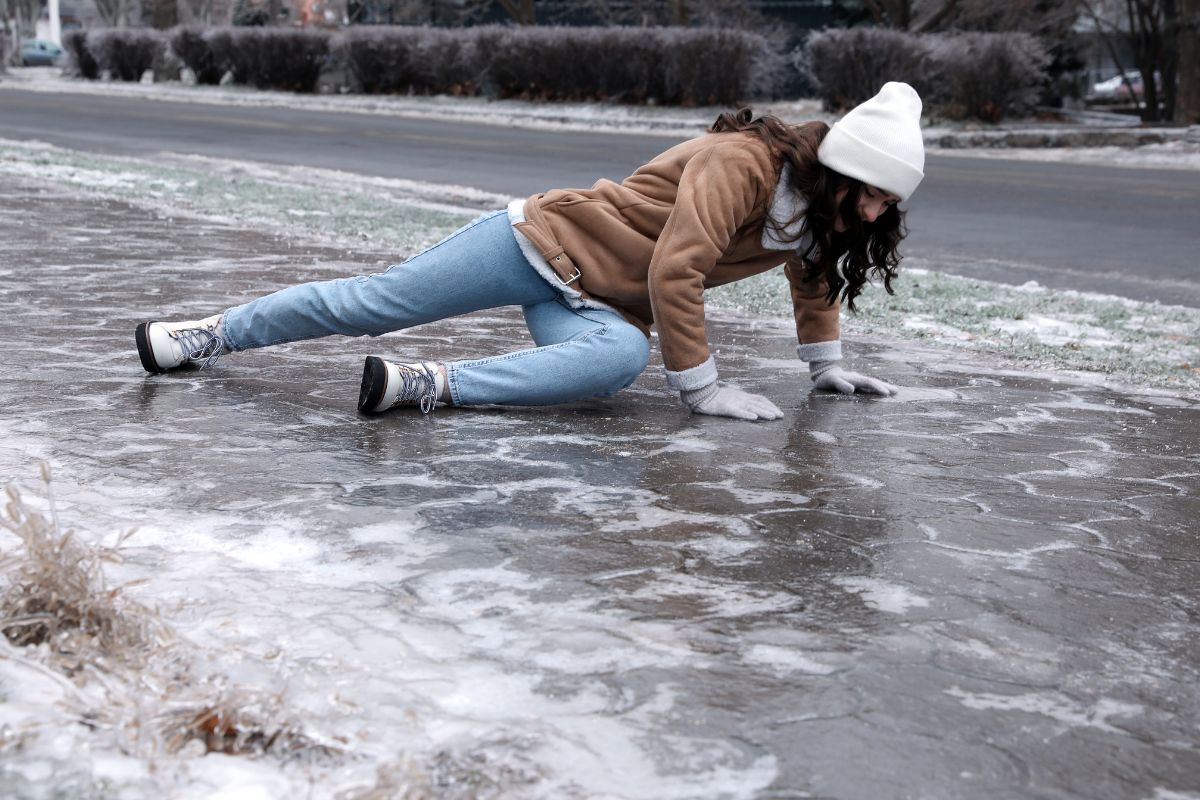
Worried about the dangers and hassle of winter snow removal? This guide provides comprehensive tips for safe and efficient snow clearing, covering everything from choosing the right tools to preventing injuries, dealing with ice, and deciding when it’s best to call the professionals. Don’t let snow and ice compromise your safety or damage your property;
Why Snow Removal Matters: Safety and Property Protection
Winter’s beauty comes with a responsibility: ensuring the safety of your property and preventing accidents caused by snow and ice. Untreated snow and ice accumulation leads to slip-and-fall injuries, which can have serious consequences, especially for the elderly. Homeowners are often liable for injuries that occur on their property due to negligence in snow removal. Beyond personal safety, snow buildup damages roofs, driveways, and sidewalks. Proactive snow removal protects your investment and minimizes the risk of costly repairs. Staying ahead of the snowfall saves you time, effort, and potential legal headaches.
Choosing the Right Snow Removal Tools
Effectively tackle snow with the right equipment. Different surfaces and snow conditions require specialized tools:
- Shovels: Look for ergonomic shovels with curved handles to reduce back strain. Consider plastic shovels for lighter snow and metal shovels for breaking up ice.
- Snow Blowers: Choose between gas-powered blowers for large areas and heavy snow, or electric blowers for smaller spaces and convenience. Determine the appropriate size based on the amount of snowfall you typically receive.
- Ice Melt Products: Salt (sodium chloride) is an economical option, but can be damaging to vegetation and concrete. Calcium chloride is effective at lower temperatures and less harmful. Eco-friendly options, made with magnesium chloride or other less harmful chemicals, prioritize the environment.
- Snow Removal Attachments: for larger areas that need quick clearing solutions, snow removal attachments might be an efficient solution for clearing snow.
The Art of Shoveling: Techniques to Prevent Injury
Shoveling snow can be a strenuous activity, so it’s important to do it safely. Follow these techniques to prevent injury:
- Warm-up Exercises: Stretch your muscles before you start shoveling to prepare your body for the physical exertion. Focus on your back, arms, and legs.
- Proper Lifting Techniques: Lift with your legs, not your back. Keep your back straight and bend at your knees. Avoid twisting your body while lifting.
- Pacing and Breaks: Don’t try to do too much at once. Take frequent breaks to rest and rehydrate.
- Avoiding Overexertion: Listen to your body and stop if you feel pain or discomfort.
Have questions or need professional snow removal assistance? Contact us today for expert help!
Clearing Your Property: A Surface-by-Surface Guide

Different surfaces require different snow removal approaches:
- Driveways: Asphalt vs. Concrete: Use ice melt sparingly on concrete to avoid damage. A snow blower works well on both asphalt and concrete. For asphalt, avoid sharp metal shovels that may damage the surface.
- Sidewalks: Preventing Slips and Falls: Clear sidewalks promptly and apply ice melt to prevent slipping hazards. Use a shovel or ice scraper to remove packed snow and ice.
- Decks and Patios: Protecting Wood and Composite Materials: Use a plastic shovel to avoid scratching wooden or composite surfaces. Avoid using salt, as it damages wood. Calcium chloride may be a better alternative.
- Roofs: Snow Removal or Prevention?: Consider roof snow removal if snow accumulation is excessive (especially after heavy storms) to prevent structural damage or ice dams. Hire professionals for this task; attempting roof snow removal yourself is dangerous.
- Battling Black Ice: Prevention and Removal
Black ice poses a serious threat due to its deceptive nature. Prevent it from forming with these strategies:
- Pre-Treatment Strategies: Apply ice melt before a snowstorm to prevent ice from bonding to surfaces.
- Effective Ice Melt Application: Distribute ice melt evenly, focusing on areas prone to ice formation.
- Identifying Black Ice Hotspots: Pay attention to areas that tend to ice over quickly, such as shaded areas and spots where water drains slowly.
- Managing Drainage Issues: Clear gutters and downspouts to prevent water from pooling and freezing on walkways.
Stay Safe in the Snow: A Comprehensive Guide

Prioritize your safety when working in the snow:
- Dressing Appropriately: Layering and Waterproofing: Wear layers of warm, waterproof clothing to protect yourself from the cold and moisture. Don’t forget a hat, gloves, and scarf.
- Staying Hydrated and Nourished: Drink plenty of fluids to stay hydrated, even if you don’t feel thirsty. Eat a nutritious meal before you start shoveling.
- Awareness of Surroundings: Traffic and Pedestrians: Be mindful of traffic and pedestrians when working near roads or sidewalks.
- Carbon Monoxide Prevention: Snowblower Safety: Never run a snow blower in an enclosed space, as it produces deadly carbon monoxide.
For year-round property maintenance, check out our guide on leaf removal equipment for the best tools and costs before winter arrives.
When to Call the Professionals: Hiring a Snow Removal Service
There comes a time when hiring professionals makes sense. Consider these benefits:
- Benefits of Professional Services: Saves time and effort, reduces risk of injury, and ensures thorough snow removal.
- Questions to Ask Before Hiring: Ask about their experience, insurance coverage, equipment, and pricing.
- Understanding Contract and Pricing: Clarify the scope of services, frequency of visits, and payment terms.
- Finding Reputable Snow Removal Companies: Check online reviews, ask for referrals, and verify their credentials.
Need fast and reliable snow removal? Call us today !
Budget-Friendly Snow Clearing: Saving Money Without Sacrificing Safety
Snow removal doesn’t have to break the bank. Consider these strategies:
- DIY vs. Professional Snow Removal Costs: Weigh the costs and benefits of doing it yourself versus hiring a professional.
- Investing in Quality Tools: Investing in durable, ergonomic tools saves money in the long run.
- Preventative Measures: Preventative measures, like applying ice melt before a storm, reduces the amount of work required later.
- Neighbor Snow Removal Cooperatives: Team up with neighbors to share snow removal responsibilities and equipment costs.
Navigating a Blizzard: Strategies for Extreme Snowfall
Blizzards require special preparedness:
- Preparing in Advance: Stock up on supplies, charge your devices, and prepare a snow removal plan.
- Prioritizing Snow Removal Areas: Focus on clearing essential pathways, such as driveways, sidewalks, and entryways.
- Safe Snow Storage: Pile snow away from buildings, utilities, and sightlines.
- Emergency Contact Information: Keep emergency contact information readily accessible.
Enjoy Winter Safely: Your Guide to a Snow-Free Season
Armed with these tips, confidently navigate winter weather and enjoy the beauty of the season without the stress and dangers of snow and ice. Remember to prioritize safety, Frequently Asked Questions About Snow Removal
How often should I shovel snow?
Shovel snow as soon as possible after it falls, ideally when the snow is still light and fluffy.
What’s the best ice melt for pets?
Calcium magnesium acetate (CMA) is considered a pet-safe alternative to salt.
How much does snow removal cost?
The cost of snow removal varies depending on the size of your property, the amount of snowfall, and the company you hire. Request a quote for the most accurate estimate.
Don’t let snow slow you down—call us now for quick and efficient removal!
